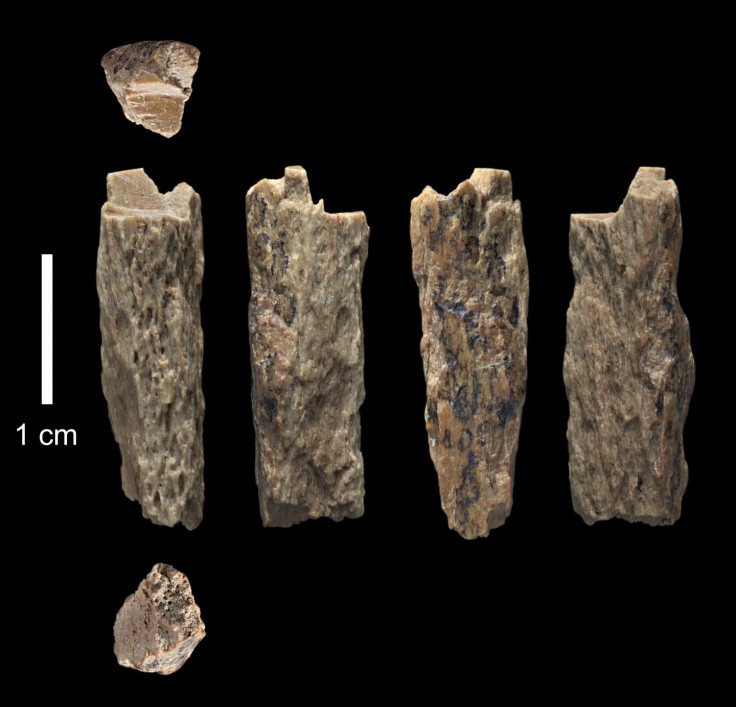Neanderthal-Denisovan Offspring From Over 50,000 Years Ago Found Using Tiny Bone

Using a tiny bone, archaeologists have identified an offspring of long-extinct ancestors of modern-day humans — Neanderthals and Denisovans.
Scientists have known about the two different but closely related hominin populations for years. They coexisted for a long time, which led many to think they probably interacted back in the day. Now, the identification of this offspring confirms they not just met but also mated, maybe more than originally thought.
As researchers from Max Planck Institute for Evolutionary Anthropology (MPI-EVA), Germany, described, the offspring — the first-generation result of mating between Neanderthals and Denisovans — was a 13-year-old girl who lived more than 50,000 years ago.
Just like many other fossils, most of her remains were lost with time, except a tiny bone fragment, which was unearthed from Russia’s Denisova cave in 2012. The archaeologists behind the discovery analyzed the fragment’s protein makeup and figured that it belonged to an ancient hominin. So, they decided to send it to MPI-EVA for follow-up analysis.
The work at the institute confirmed the bone was part of a long bone like tibia, femur or humerus as well as the age of the hominin in question. However, things got interesting when they analyzed the genome of the specimen, named Denisova 11 or just Denny, and came to know about its parents — a Neanderthal mother and a Denisovan father.
"We knew from previous studies that Neandertals and Denisovans must have occasionally had children together," Viviane Slon, a researcher at the MPI-EVA and one of three first authors of the study, said in a statement. "But I never thought we would be so lucky as to find an actual offspring of the two groups."
The existence of the Denisovan population was uncovered from the same Russian cave in 2010. Follow-up researches revealed that the extinct hominin population and Neanderthals were originally the same, but 390,000 years ago they separated to evolve as different groups in Eurasia.
Several other remains uncovered from the fossil indicated that Neanderthals were also present at the same place. But, according to the latest find, the mother of Denny was genetically closer to the Neanderthals living in Western Europe than those who lived in Denisova cave some 20,000 years earlier.
This suggests that Neanderthals were moving between western and eastern Eurasia and interacting with Denisovans tens of thousands of years before disappearing.
"Neandertals and Denisovans may not have had many opportunities to meet,” Svante Pääbo, lead author of the study, added in the statement. “But when they did, they must have mated frequently — much more so than we previously thought."
But that wasn’t the only discovery. While analyzing Denny’s DNA, the researchers also found traces suggesting that her father had at least one Neanderthal ancestor.
"So from this single genome, we are able to detect multiple instances of interactions between Neandertals and Denisovans," Benjamin Vernot, the third co-author of the study, concluded.
The study, titled “The genome of the offspring of a Neanderthal mother and a Denisovan father,” was published Aug. 22 in the journal Nature.
© Copyright IBTimes 2024. All rights reserved.





















